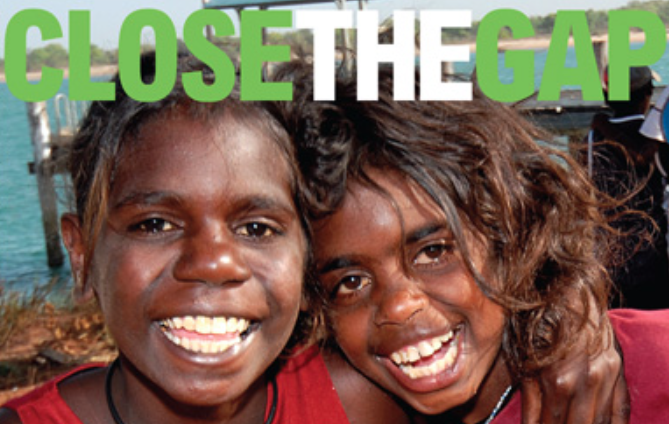Critically analyse the importance of the five action areas of the Ottawa Charter through a study of TWO health promotion initiatives related to Australia’s health priorities
Closing the Gap (2008)
The WHO has information about the global strategy to close the health gap in a generation. In Australia Close the Gap focuses on health and life expectancy between ATSI and non-ATSI Australians. The national plan aims to achieve equality for ATSI health by 2030.
Closing the Gap utilizes the Ottawa Charter action areas in the promotion of health towards ATSI people in order to close the health gap.
Build healthy public policy
The Council of Australian Governments (COAG) committed to close the gap in health inequities between ATSI and non-ATSI people and the ‘Close the Gap Statement of Intent’ was signed in 2008. This was in line with the WHO ‘Closing the Gap in a Generation’ policy. In order to close the gap, Australia established a national indigenous representative body and provided funding to upskill the workforce to meet the challenges of remote indigenous education. Measurable targets for equality were also set.
Create supportive environments
To create supportive environments, Closing the Gap seeks to train health professionals (especially ASI) to deliver primary health care and other services for ATSI people. Closing the Gap seeks to ensure fresh healthy food is available for ATSI people and are developing housing and waste supplies/removal systems to improve housing quality. The federal Police have also recruited ATSI people and developed training programs on policing in ATSI communities. They have also provided extra teachers in remote areas.
Strengthen community actions
Closing the Gap strengthens community action by involving ATSI people and community groups/elders in the panning at local and regional levels. Closing the Gap also delivers culturally appropriate primary health services by Aboriginal Community Controlled Health Services.
Develop personal skills
Closing the Gap seeks to increase ATSI education levels and provide primary health care services through Aboriginal Community Controlled Health Services. Closing the Gap also seeks to provide learning support and ensure health care is provided to ATSI mothers, babies and children.
Reorient health services
Closing the Gap seeks to utilize primary health care to both prevent and promote health in balance with curative services. It provides education through health services and promotes healthy lifestyles, while trying to prevent chronic disease. Closing the Gap also seeks to ensure ATSI communities have housing, water supplies and system that support health equality.
The latest Prime Ministers Report on Closing the Gap identifies that the Closing the Gap health promotion is only partially on track to meet its targeted goals. Although the gap in death rates has fallen by 15% since 1998, there has been no significant change since 2006 and the life expectancy gap is not likely to be closed by the target year – 2031. A major contributor to the gap is chronic disease, which contributes 80% of the gap. The report states:
Improvements in life expectancy will be supported by real progress in education, employment, housing, income, safety and preventing health risk behaviours. (Closing the Gap: Prime Minister’s Report 2015, pp7)
Mortality rates for children under 5 are on track, however, with a 35% narrowing of the gap since 1998. The report states:
Maintaining a positive trend towards lower child mortality requires a continued focus on preventative care and child and maternal health services. It also means addressing broader factors such as socio-economic status, education, smoking during pregnancy, infant breastfeeding, adequate diet and exercise. (Closing the Gap: Prime Minister’s Report 2015, pp9)
Increases in education levels have also given mixed results, with school enrolments at 85% in 2013 below the targeted 95%, and the gap in year 12 attainments has fallen by 11.6% since 2008. This shows, that while Closing the Gap is producing some results, they could be improved.
*Edited from Stage 6 PDHPE Support Document.

